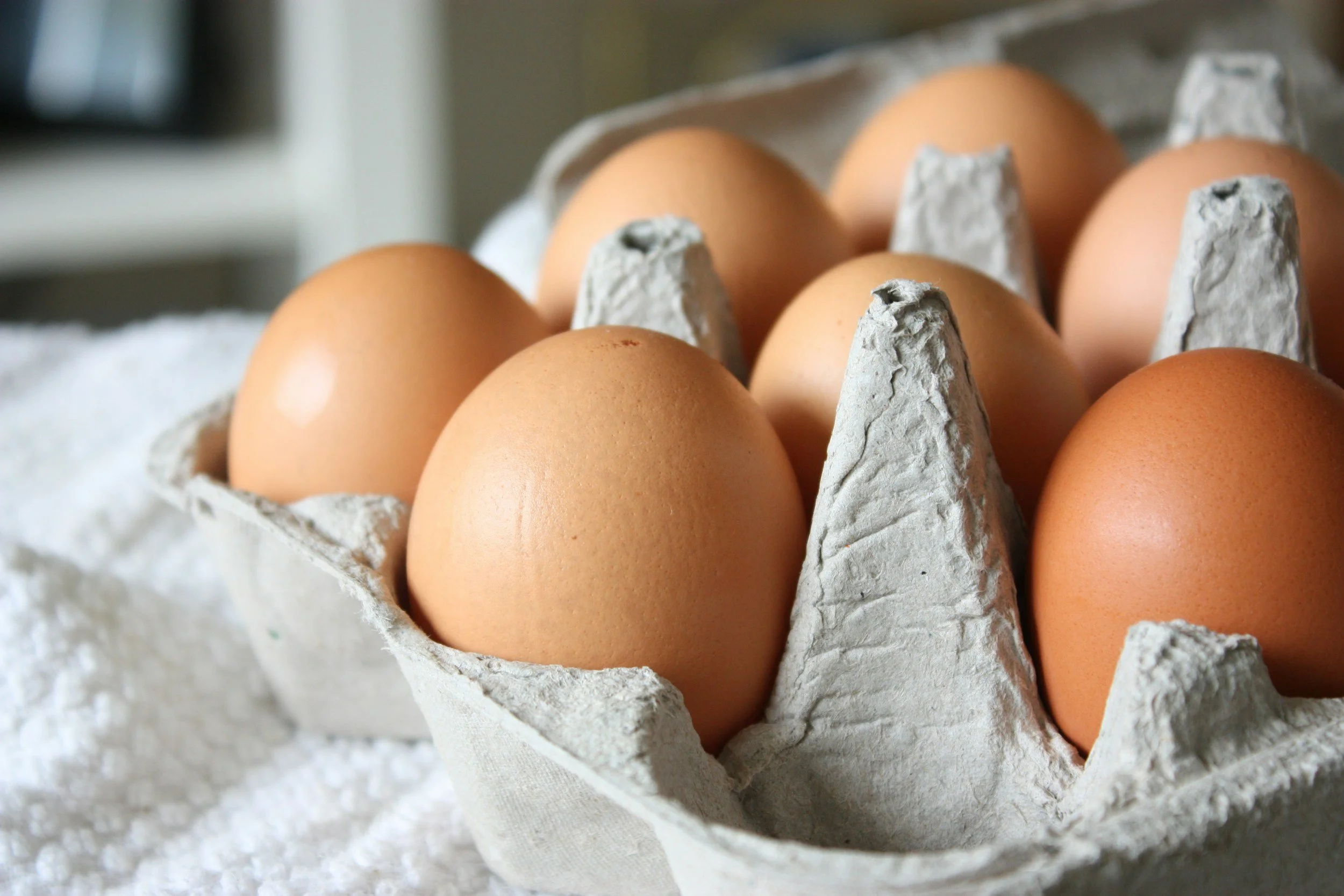How to use eggs
Okay, this may seem a bit silly, but we kind of just use eggs without really thinking about why sometimes. So let’s learn and use the knowledge to our advantage!
Yolk or white, fat or light
Would you like to listen to the podcast version instead of reading this article? Find it here!
Eggs play a part in all aspects of cooking, from being the main event in breakfasts, brunches and lunches to assisting in baking, sauces and condiments.
We know this, but how aware are we of how we’re using eggs? It might be worth thinking about this in order to best utilise them on your from-scratch journey!
There’s quite a difference between the yolk and the white. So let’s look at the yolk first:
Yolk
The egg yolk is fatty, and works perfectly as an emulsifier (it combines and smoothes ingredients: great examples are mayonnaise and carbonara sauce!). This is why you would want egg yolks in a batter with oil and water for example, as they would help bind the two together for a smooth batter. Eggs are, as I’m sure you know, a great binder, and can even be used to replace gluten in many recipes if needed, as it can serve that same binding purpose.
White
The egg whites can be used in quite a different way, they also bind but the strength in egg whites is how they fill with tiny air pockets when whisked, to the point where they can go completely “stiff” (perfect for meringues or fluffy Japanese style pancakes, for example). The air pockets that get trapped in the egg white also make them perfect as a leavening agent in baking, and it helps your dough or batter rise because of this.
Whole egg
Just like with only using egg whites, using whole egg helps the rising of what you’re baking (a great example of this is my egg muffin recipe; I talk here about how much they rise without any other leavening agent!) - steam builds up inside the egg and makes it expand.
Egg also contributes taste wise of course, especially the fatty yolk.
With all this and more, no wonder we use a ton of eggs in our kitchen.
Do you have any great egg tips? How to do the perfect egg for breakfast, a super clever way of using eggs? Let me know in the comments below!
